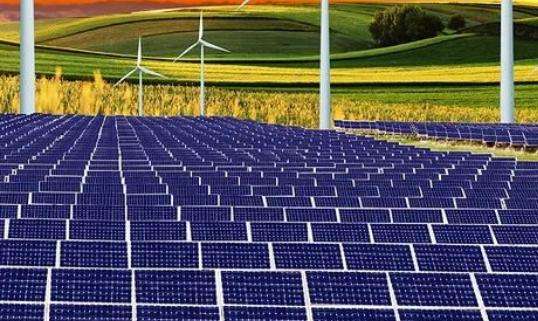For a 1.5MW wind turbine, the generator rotates about 1,800 times a minute, generates 1,500 kilowatt-hours of electricity per hour, and the impeller rotates about 18 times a minute. This is directly related to the capacity of the unit
Generally speaking, level 3 winds are valuable. However, from an economic and reasonable perspective, wind speeds greater than 4 meters per second are suitable for power generation.
According to measurements, a 55-kilowatt wind turbine has an output power of 55 kilowatts when the wind speed is 9.5 meters per second; when the wind speed is 8 meters per second, the power is 38 kilowatts; the wind speed When the wind speed is 6 meters per second, it is only 16 kilowatts; when the wind speed is 5 meters per second, it is only 9.5 kilowatts. It can be seen that the stronger the wind force, the greater the economic benefits.
Extended information
A wind turbine is an electrical device that converts wind energy into mechanical work. The mechanical work drives the rotor to rotate and ultimately outputs alternating current. Wind turbines generally consist of components such as a wind wheel, a generator (including devices), a director (tail), a tower, a speed limiting safety mechanism, and an energy storage device.
The working principle of a wind turbine is relatively simple. The wind wheel rotates under the influence of wind. It converts the kinetic energy of the wind into the mechanical energy of the wind wheel shaft. The generator rotates under the drive of the wind wheel shaft to generate electricity. Broadly speaking, wind energy is also solar energy, so it can also be said that a wind turbine is a thermal energy utilization generator that uses the sun as the heat source and the atmosphere as the working medium.
For many centuries, wind turbines, like hydraulic machinery, have played an important role in the development of productivity as a source of power to replace human and animal power. The widespread application of electromechanical power in modern times and the discovery of oil fields in the Middle East in the 1950s slowed down the development of wind turbines.
In the early 1970s, due to the "oil crisis", energy shortages arose. People realized the instability and limitations of conventional fossil energy supply, so the search for clean renewable energy became a key issue in the modern world. an important topic. As a renewable, non-polluting natural energy source, wind energy has attracted people's attention again.
References:
104.1 million kWh. A 50-watt wind turbine generates an average of 104.1 million kilowatt-hours of electricity per year based on the national average wind power equivalent full-load utilization hours of 2082 hours. The amount of electricity generated by a wind turbine depends on the size of the turbine and the speed of the wind passing through the rotor. Wind turbines are rated from 250 watts to 5 megawatts.














